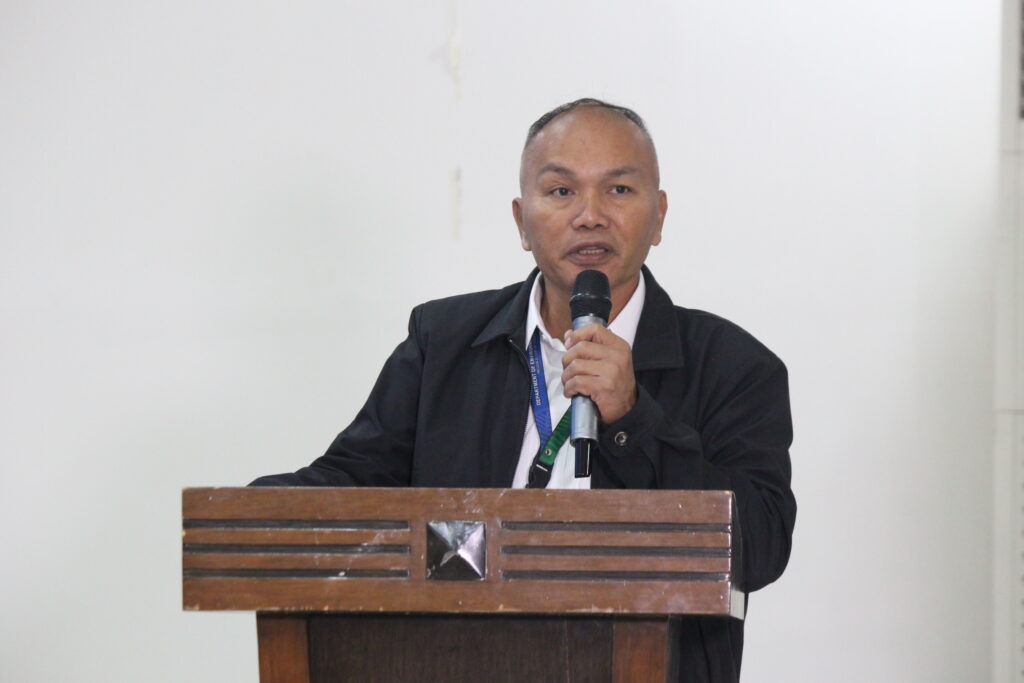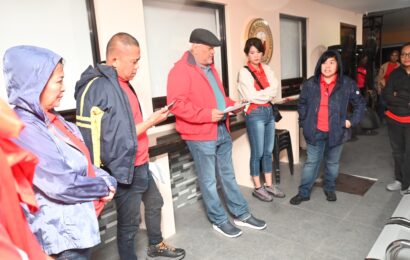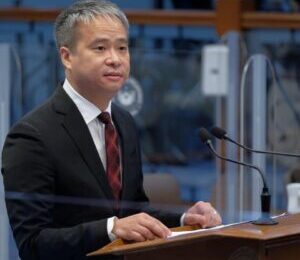CITY OF SAN FERNANDO, Pampanga (PIA) — The Department of Environment and Natural Resources (DENR) is amplifying its conservation and sustainability initiatives in Central Luzon.

During the eighth episode of the Kapihan sa Bagong Pilipinas of the Philippine Information Agency, DENR Regional Executive Director Ralph Pablo emphasized the region’s strategic focus on environmental protection and sustainable development.
“Environment for Life encapsulates the DENR’s two-pronged approach, combining comprehensive government and societal plans with strategic partnerships involving local government units, academia, the private sector, and communities. We aim to foster a harmonious relationship between development and conservation,” he said.
Under President Ferdinand R. Marcos Jr. and Secretary Maria Antonia Yulo-Loyzaga’s leadership, the agency has made significant strides in utilizing geospatial technology to monitor and manage natural resources.
The newly established Geospatial Database Office plays a pivotal role in tracking biodiversity conservation and reforestation efforts through satellite imagery.
Additionally, Geographic Information System-based mapping helps identify areas susceptible to geological hazards such as landslides and flooding.
“Our geospatial initiatives allow us to set clear baselines and measure environmental changes accurately,” Pablo stated.
This technological integration is crucial for sustainable development and disaster risk reduction in the region.
DENR has also bolstered forest protection through the National Greening Program and the Intensified Forest Protection programs.
In Central Luzon, over 87 million seedlings have been planted, creating nearly 137,000 hectares of new forests and generating over 546,000 jobs.
The agency plans to add 21,900 hectares of forest plantations nationwide by 2028, contributing significantly to increased forest cover.
Moreover, the DENR’s efforts extend to water resource management. Executive Order No. 22 established the Water Resources Management Office, consolidating the sector for the first time in Philippine history.
This initiative has led to mapping 614 water sources and 986 water users, facilitating more efficient water resource utilization and infrastructure repurposing.
“Access to water is crucial for public health, agriculture, industry, and economic development. This integrated approach ensures that more communities receive this vital resource,” Pablo remarked.
DENR’s multifaceted strategy highlights its commitment to balancing ecological preservation with economic growth, ensuring a sustainable and prosperous future for Central Luzon.
SOURCE: Rick P. Quiambao PIA3





